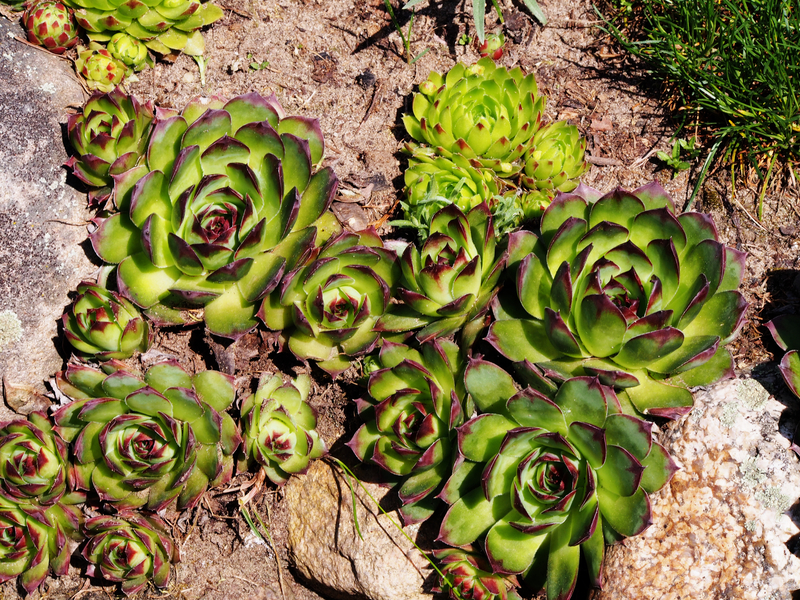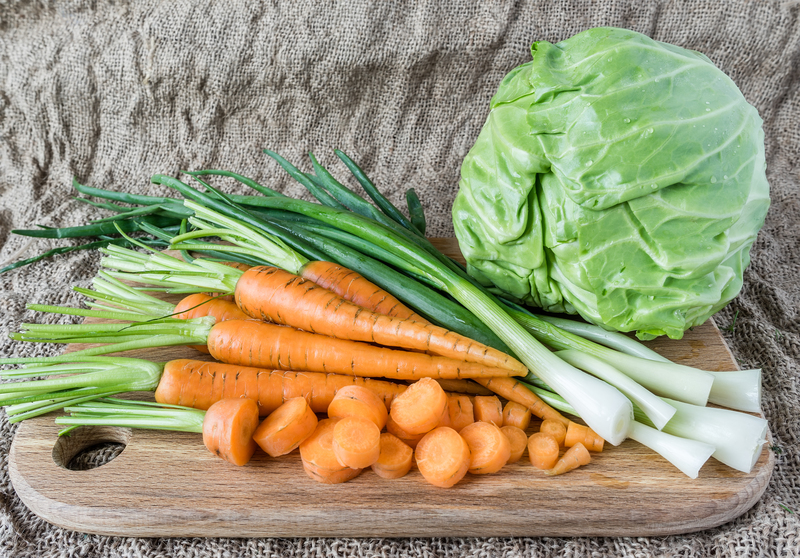Master the Art of Gardening with These 9 Versatile Ground Cover Plants
Posted on 19/08/2025
Master the Art of Gardening with These 9 Versatile Ground Cover Plants
If you're aiming to create a luscious backyard or a vibrant front lawn, ground cover plants are your go-to horticultural solution. These low-growing plants help retain soil moisture, suppress weeds, and add an aesthetic greenery layer to any garden. Below, we'll explore nine versatile ground cover plants that every homeowner should consider.
1. Creeping Thyme - A Fragrant Carpet
Creeping Thyme (Thymus serpyllum) is well-loved for its scented foliage and dainty flowers. This ground cover plant is ideal for sunny areas and can withstand moderate foot traffic. It transforms spaces with its vibrant purple blooms and acts as a living mulch that conserves soil moisture.
- Sun Requirements: Full sun
- Soil Type: Well-drained
- Benefits: Low maintenance, attracts pollinators
2. Irish Moss - The Emerald Lawn Alternative
Irish Moss (Sagina subulata) is a lush, bright green moss that thrives in cooler climates. Perfect for replacing traditional grass lawns, this versatile ground cover plant forms a thick carpet and adds a fairy-tale magic to garden paths.
- Sun Requirements: Partial to full shade
- Soil Type: Moist, well-drained
- Benefits: Soft texture, little to no mowing required
3. Ajuga - A Hardy Ground Cover
Also known as Bugleweed, Ajuga is a robust ground cover plant showcasing vibrant blue to purple flowers. It tolerates various lighting conditions and is often used to provide quick ground coverage under trees or shaded spots.
- Sun Requirements: Full sun to full shade
- Soil Type: Moist, not overly wet
- Benefits: Versatile, weed suppressant
4. Sedum - The Sun-Loving Succulent
Sedum is a drought-tolerant succulent that flourishes in sunny spots. Ideal for rock gardens or sunny hillsides, Sedum offers decorative foliage and blooms that attract beneficial insects to your garden.
- Sun Requirements: Full sun
- Soil Type: Well-drained
- Benefits: Drought tolerance, wide variety of colors
5. Sweet Woodruff - The Scented Shade-Lover
Sweet Woodruff (Galium odoratum) emanates a sweet scent, making it a coveted choice for filling shaded niches. Its small star-shaped flowers and whorled leaves offer visual and olfactory delights to any shady garden area.
- Sun Requirements: Partial to full shade
- Soil Type: Moist, well-drained
- Benefits: Fragrance, low maintenance
6. Vinca Minor - The Evergreen Ground Blanket
Vinca Minor, or Periwinkle, features lush evergreen leaves paired with charming violet-blue flowers. This low-growing ground cover is both hardy and resilient, ideal for controlling erosion on sloped terrains.
- Sun Requirements: Partial shade
- Soil Type: Fertile, well-drained
- Benefits: Erosion control, evergreen foliage
7. Pachysandra - Perfect for Shaded Slopes
Pachysandra Terminalis is a Japanese native that is particularly useful for shady areas. This plant spreads rapidly, forming a dense mat that shields soil and prevents erosion while enhancing garden aesthetics.
- Sun Requirements: Partial to full shade
- Soil Type: Moist, well-drained
- Benefits: Dense coverage, weed suppressant
8. Lamium - The Silver-Foliaged Wonder
Lamium maculatum, or Deadnettle, is distinguishable by its silvery variegated leaves and delicate blossoms. It is perfect for adding contrast against darker foliage in shaded regions, making it a favorite among landscape designers.
- Sun Requirements: Full shade to partial sun
- Soil Type: Moist, well-drained
- Benefits: Visual contrast, low maintenance
9. Mondo Grass - The Low-Maintenance Elegance
Mondo Grass (Ophiopogon japonicus) brings elegance to landscapes with its slender, grass-like foliage. It is a slow-spreading ground cover that thrives in both sunny and shady conditions, offering a rich, textural component to your garden design.
- Sun Requirements: Partial shade to full sun
- Soil Type: Rich, well-drained
- Benefits: Low maintenance, textural interest


How to Choose the Right Ground Cover Plant for Your Garden
When selecting the most versatile ground cover plant for your garden, consider factors such as sun exposure, soil conditions, and the desired aesthetic effect. Ground covers should align with the existing ecosystem and meet the physical conditions of your garden for optimal growth.
Assessing Sunlight and Shade
Understanding how much sunlight your garden gets is crucial. Certain ground cover plants, like Sedum and Creeping Thyme, prefer sunny locations, while others, such as Sweet Woodruff and Pachysandra, thrive in shade.
Soil Condition Considerations
Ground covers have varied soil requirements. Test your soil's drainage and pH to ensure compatibility. A well-drained soil is often preferred, as it supports the healthy growth of most ground cover plants.
Maintenance and Growth Rate
Choose plants that match your maintenance willingness and coverage goals. While fast-spreading plants like Vinca Minor rapidly fill large areas, low-maintenance plants like Mondo Grass provide serene elegance without constant care.
The Impact of Ground Covers on Biodiversity
Using ground cover plants significantly impacts your garden's biodiversity. By providing habitat and food for pollinators, small mammals, and insects, ground covers support a healthy and balanced ecosystem in your garden area.
Conclusion
The art of mastering your garden's design can be beautifully enhanced through the strategic use of ground cover plants. These hardy, versatile options not only add visual appeal but also offer functional benefits such as weed suppression and soil stabilization. By selecting the right ground cover for your landscape, you can create a lush, sustainable garden that flourishes throughout the seasons.



